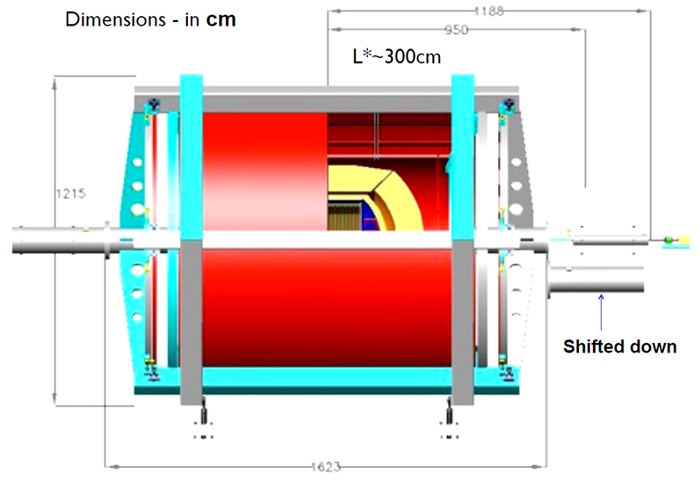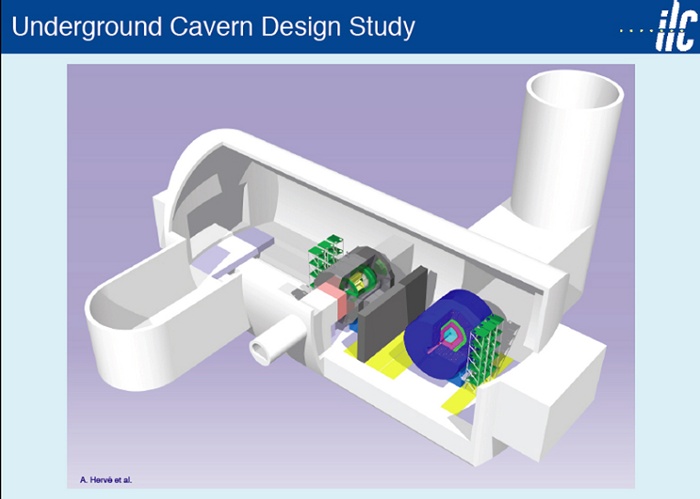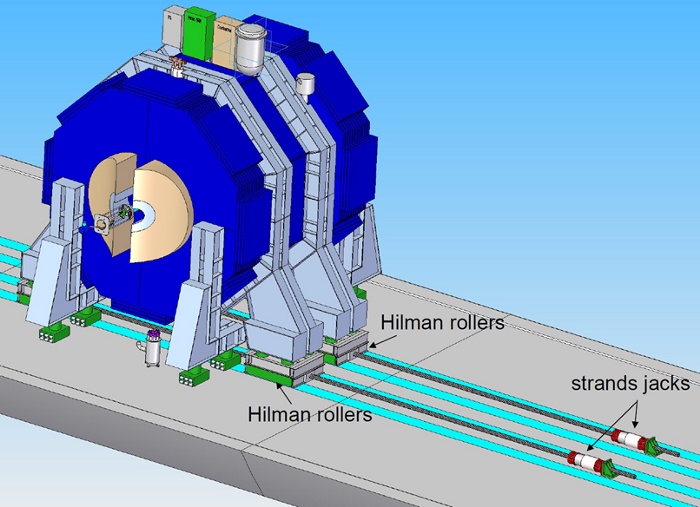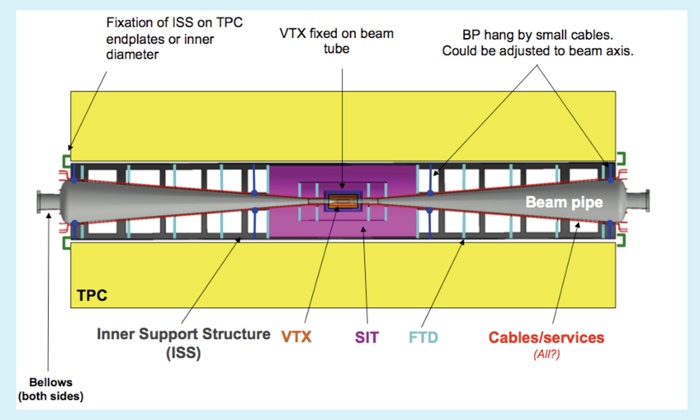Director's Corner
14 May 2009
 Barry Barish |
Progress on ILC machine-detector interfaces through the detector LOI process
The TILC09 workshop in Japan from17 to 21 April was particularly notable as it featured the first presentations of the ILC detector Letters of Intent (LOI). Although this process precedes the solicitation of ILC detector proposals or formation of ILC collaborations, it is a very important step in understanding and defining the enabling R&D, understanding interfaces with the machine and assessing the capabilities of ILC detectors. Three LOIs were submitted at the end of March and IDAG, the International Detector Advisory Group reporting to the ILC Research Director, Sakue Yamada, has now begun to assess them towards a validation for the next step, a technical design. This process will be very valuable in guiding the development of a realistic plan and scope for the experimental programme on the same time scale as the accelerator technical design report (TDR) we are preparing, meaning a technical design by the end of 2012.
Of immediate interest to the Global Design Effort are the aspects of the detectors that interface with the accelerator. Compared to most accelerators, the ILC will have a much more intimate and complex set of interfaces between the machine and the detectors (MDI). The concept is to make a single beam line that will be shared by two complementary detectors in a "push-pull" system, where one of the detectors will be in the beam at any given time and that it will be possible to alternate between detectors in less than a week. This concept was proposed and studied during the development of our ILC reference design, and the LOIs will enable us to take the next step in assessing this scheme. I am not part of the evaluation of the LOIs being done for the Research Director by the IDAG committee, so my comments below are only informational and illustrative of the MDI issues being addressed. They in no way indicate a preference for one detector over another.
Each LOI will give us different insights into important aspects of the machine-detector interfaces, and representatives of the three groups and the accelerator have already written an agreed document, "Functional Requirements on the Design of the Detectors and the Interaction Region of an e+e- Linear Collider with a Push-Pull Arrangement of Detectors". It addresses the functional requirements of push-pull interaction regions with particular attention to the machine-detector interface issues, involving the magnets in the interaction region and their cryogenics and alignment systems, the beamline shielding, the detector design and the overall integration. The intent was to write one set of guidelines for all detectors.
The so-called "4th Detector" is based on dual solenoids and end wall current coils. From the point of view of integration into the interaction region, it incorporates the final focus optics within the detector and is lightweight by having an open geometry with unshielded detectors. The detector itself features a pixel vertex detector; a cluster-timing low-mass drift chamber; dual readout calorimetry for both electromagnetic and hadronic particles; and a dual-solenoid to return the magnetic flux without iron. IDAG will be evaluating these technical concepts and their suitability and potential for the ILC.
The LOI for the SiD detector is based on a silicon-pixel vertex detector, silicon tracking, silicon-tungsten electromagnetic calorimetry, and highly segmented stainless/RPC hadronic calorimetry. It has a high field solenoid with an iron flux return yoke and a muon identification system. Energy resolution is achieved through using the particle flow technique. SiD has studied many aspects of the machine detector interfaces, including the magnetic environment, push-pull locomotion, supports, radiation and a cryogenics design for a push-pull system and assembly scenarios.
The third LOI is for a detector called ILD and has been developed from the original GLD and LDC concepts from studies for the reference design. Particle tracking in ILD is based on a Time Projection Chamber, supplemented by silicon tracking detectors. Like SiD, the energy measurements are based on particle-flow calorimetry, which requires reconstruction of charged particles in the tracker and a highly granular calorimetry, enabling measuring photons in the electromagnetic calorimeter and neutral hadrons in both the electromagnetic and hadronic calorimeters.
At the TILC09 meeting, the three LOI groups showed considerable progress on MDI-related questions, including the detectors' push-pull schemes, radiation environment simulations, IP beam pipe designs, and instrumentation. There is still much to be done but this is a very encouraging start as a result of the LOI process. Next, we all await the assessments from the IDAG group to Sakue Yamada, which are promised by the time of the detector and accelerator groups reconvene for their next major ILC workshop, ALCPG 09, to be held in Albuquerque, New Mexico from 29 September to 3 October.
-- Barry Barish



